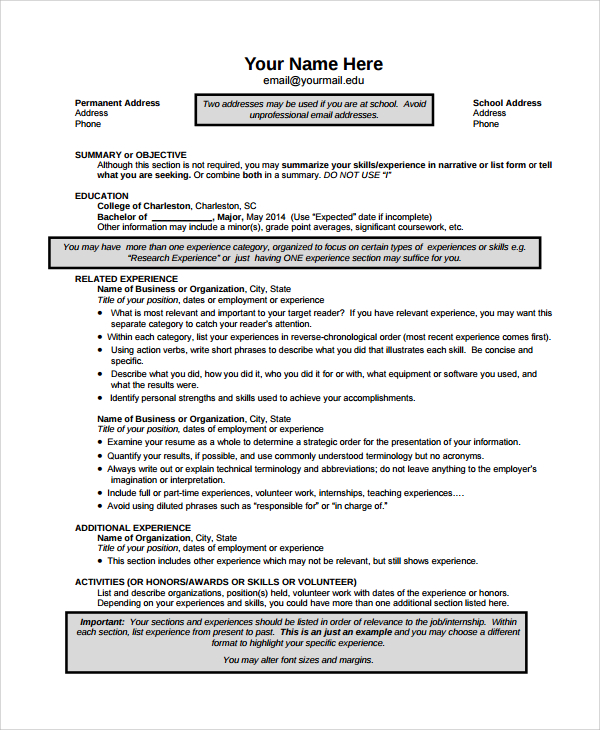
12/11/ · Additionally, one must know the three primary rules to follow when it comes to writing narrative nonfiction: Rule #1: Research. Research generally happens in two phases: first comes the archived information, then comes the real-world research Quick Tips on Writing a Narrative Essay. When writing a narrative essay, remember that you are sharing sensory and emotional details with the reader. Your words need to be vivid and colorful to help the reader feel the same feelings that you felt. Elements of the Tip 1: Know Your Audience As you write your essay, have the audience in mind. Write an intriguing intro by creating an opening sentence that thrills your audience making them curious to read the piece to the end. You should also present your view in a unique manner
How to Write Narrative Nonfiction | blogger.com
What is a narrative essay? Simply put, writing narrative essays involve telling a story to exhibit a certain unique insight. Narrative writing enables writers to express themselves creatively and share their experiences with other people. A narrative story is just like a story told for a particular reason. The primary focus of each narrative essay is a plot that is created with the use of enough information to make a conclusion.
What is narrative writing? This type of writing consists of non-fiction works that follow a certain logical chronology. Most writers often utilize various anecdotes to relate their experiences and engross the reader. By doing this, you can give your narrative story a certain level of emotional appeal.
This appeal can either be humorous or serious; however, it is important if you want your readers to connect with your story. The Narrative Format for Essay Writing. One important thing to remember is that you should pay more attention to the plot; starting from the setting and characters, you need to describe a problem. After that, raise an action and go to the climax of the plot.
Then, the stage of falling action follows that leads us to the conclusion of the story. While writing your essay, you need to be driven by passion and utilize concrete details. Narrative writing offers students a great opportunity to score highly by telling a good story with passion, without having to concentrate on areas like persuasive writing and literary analysis. Then you continue with setting the scene: when did the event occur?
Under what circumstances? Having the ability to answer these questions will enable the reader to dig deep into the story and will be fascinated by it until the end. The introduction ends with a thesis statement that lets how to write a nonfiction narrative essay reader know the truths or insightful experience stemming from your story.
The main story develops in this section. It generally contains three paragraphs. The first one involves the engaging action a catalyst of the event talked about in the reflective essay. Moreover, the second paragraph concentrates on the middle stage the advancement of the story and hints to its significance.
Finally, the third one describes the end action what has been done to arrive at a resolution and the lessons learned from that experience, how to write a nonfiction narrative essay. The writer ought how to write a nonfiction narrative essay draw the reader while refraining from making the narrative story sound like another summary.
Make use of transitional words in order to make the flow and easy to perceive. In this section, the writer presents his or her thoughts and analysis of the situation and also highlighting the reason why these experiences are important to the readers.
Selecting a topic may be the most challenging thing to do. Here are a few ideas to assist you to brainstorm topics:. There you have it. You are supposed to narrate a story that has a specific point to be made. Your audience has to get a vivid idea or learn a lesson from your paper. Also, make use of emotional language.
A Masterclass in Narrative Nonfiction with Ben Rawlence
, time: 13:13Narrative Essay Examples and Key Elements

Moreover, the narrative story will be outlined in an interesting manner. Steer clear of long introductions and get right to the action. You should also avoid lengthy descriptions, particularly at the beginning of the story. Make use of all your five sense in the description of the setting, characters, and plot Tip 1: Know Your Audience As you write your essay, have the audience in mind. Write an intriguing intro by creating an opening sentence that thrills your audience making them curious to read the piece to the end. You should also present your view in a unique manner narrative nonfiction: reflective Essay Learning Targets • Write narratives to develop real or imagined experiences or events using effective technique, well-chosen details, and well-structured event sequences. • Develop and strengthen writing as needed by planning, revising, editing, rewriting

No comments:
Post a Comment